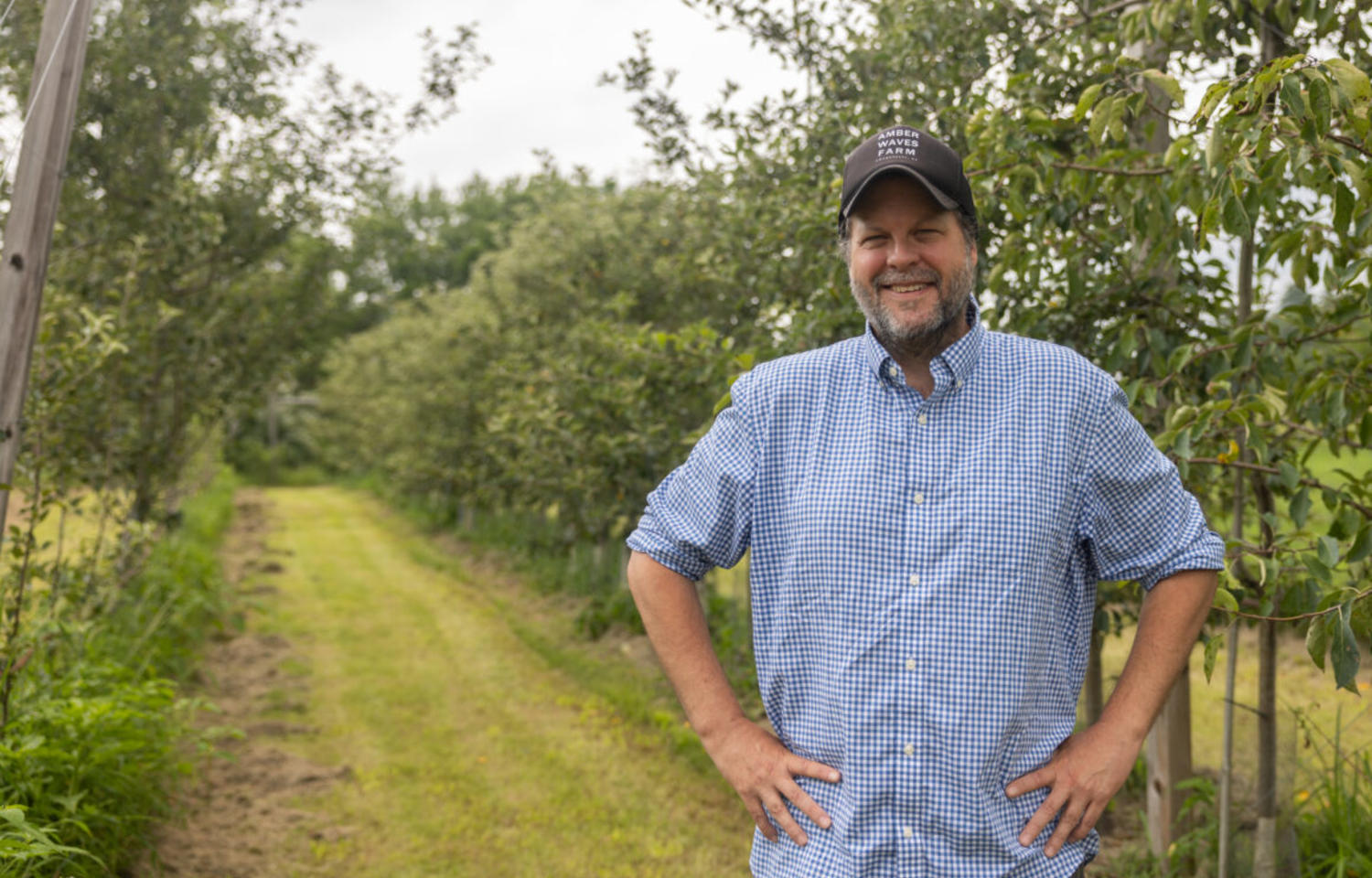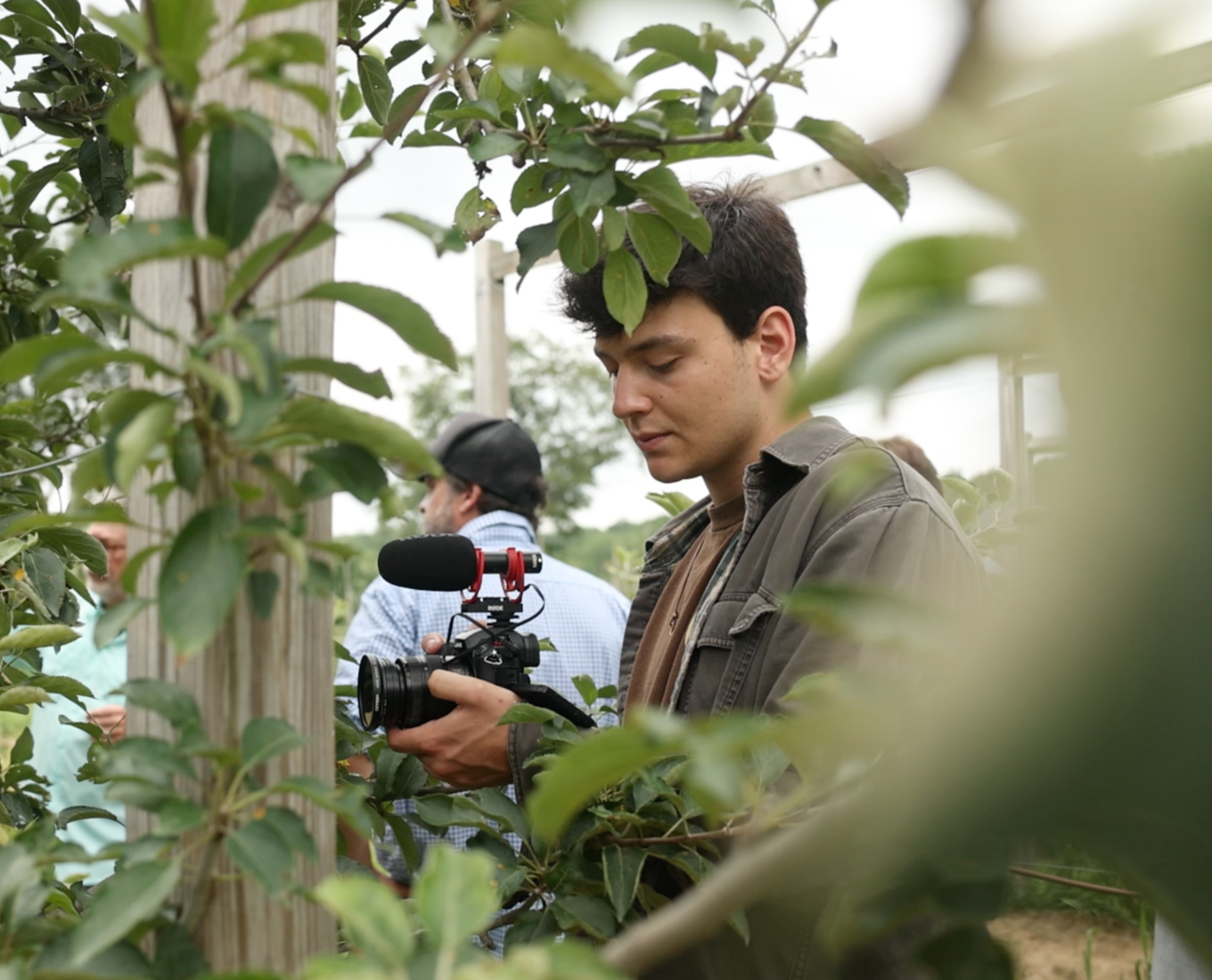Already a precarious endeavor, farming in an age of wild weather fluctuations has become more challenging, and growers and consumers will need to make adjustments to navigate the nation’s food system in the months and years ahead, according to experts.
"Most of what we have now were developed for taste and storage, not climate resiliency," said Daina Harvey, an associate professor of sociology and anthropology (above) who researches agrarianism and food geographies.
It takes most apple trees from seven to 10 years to produce fruit, making them a good barometer to document the effect of climate fluctuations over time, he said. New pests and viruses — such as fire blight — are on the rise, and if left untreated can spread swiftly through an orchard wiping out trees, he said.
Small New England orchardists using heirloom apples and those who are foraging or familiar with lost or abandoned orchards are most in tune with climate changes and extreme weather, including a freeze in mid-May, the hottest day on record in July and the August flooding. Growers and academic researchers are working on how to navigate a constantly changing climate and nurture more climate-resilient apples that are available in a greater variety. Meanwhile, farmers are using diverse strategies to hedge their bets on which aspect of any given season will be the worst: the heat, the cold or the rain.
"Historically, you had to prepare for maybe one of the three in a year. Now you might have to prepare for all of them in a season, sometimes within weeks of one another. Agriculture has always been uncertain, but it seems like it’s getting more and more so," he said.
One idea is to rethink the layout of traditional orchards to create more wild, less maintained space and take note of how wild apples, which typically grow from seed and create their own ecosystems on or around abandoned orchards, have thrived.
"Trees that were abandoned and that have now spread and done well without care might make good candidates for apple trees for the future," Harvey said.

